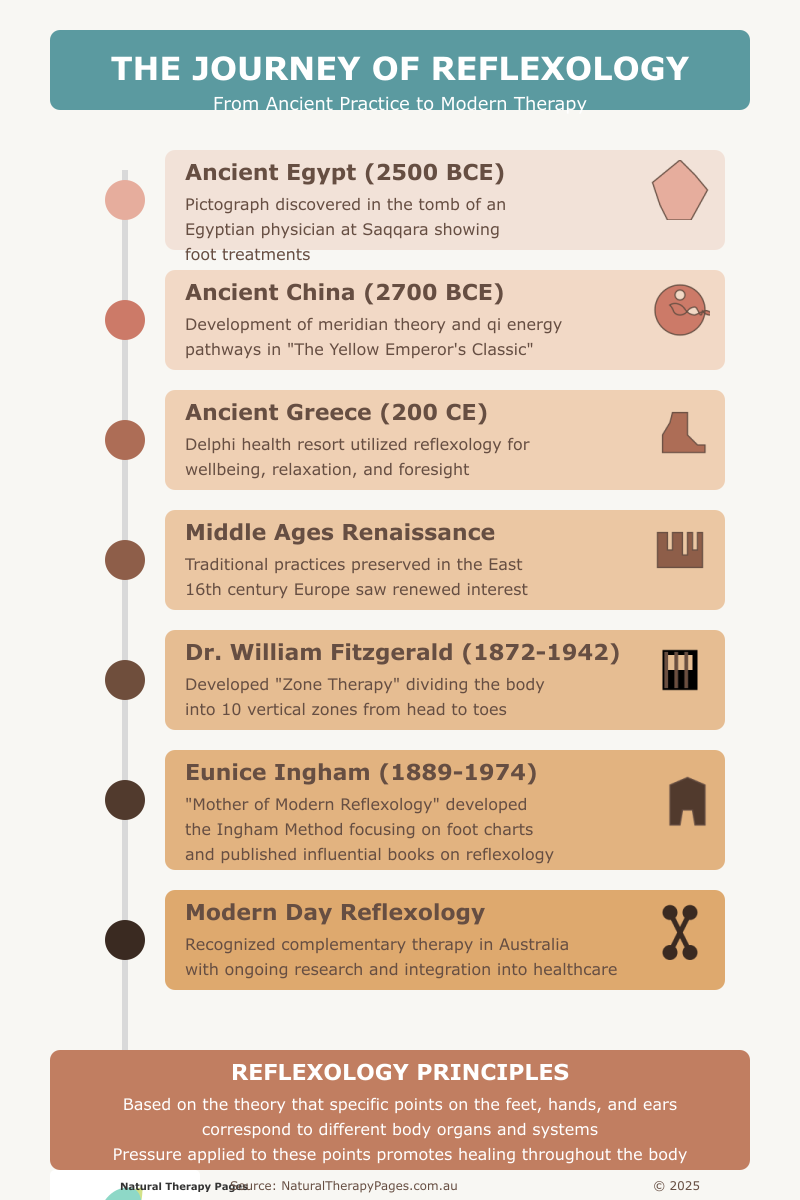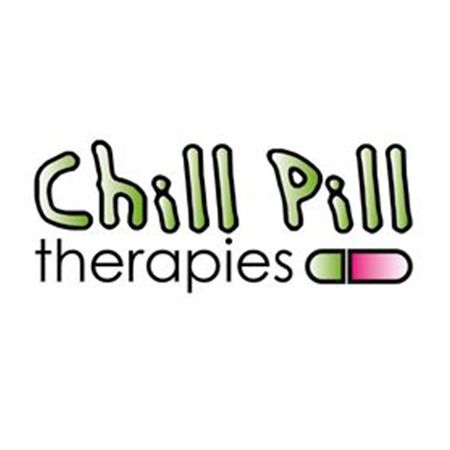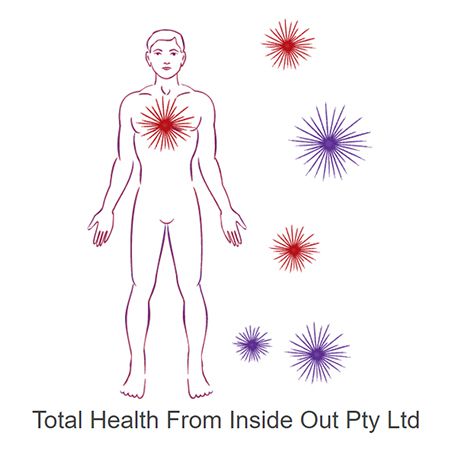
Reflexology is a complementary therapy that involves applying pressure to specific points on the feet, hands, or ears to create positive effects in corresponding parts of the body. This therapeutic practice has a rich and fascinating history spanning thousands of years and numerous civilisations.
While modern reflexology has gained popularity in recent decades, its roots trace back to ancient healing traditions that recognised the interconnectedness of the body's systems.
Ancient origins of reflexology

Reflexology's earliest forms can be traced back more than 5,000 years to several ancient civilisations:
Ancient Egypt (2500 BCE) Archaeological evidence suggests that the Egyptians were among the first to practise a form of reflexology. In 1979, archaeologists discovered a remarkable pictograph in the tomb of an Egyptian physician at the Saqqara burial ground near Cairo. This ancient illustration, dating back to approximately 2500 BCE, depicts practitioners applying pressure to patients' feet and hands, suggesting an early understanding of reflex points and their connection to healing.
Ancient China (2700 BCE): Around the same period, Chinese medicine was developing similar theories about energy pathways in the body. The concept of 'qi' (vital energy) flowing through meridians formed the foundation for many Chinese healing practices, including techniques similar to modern reflexology. These practices were documented in the ancient Chinese text "The Yellow Emperor's Classic of Internal Medicine" (Huangdi Neijing), which described techniques for maintaining health by stimulating pressure points.
Ancient India (3000 BCE): In India, Ayurvedic medicine incorporated practices resembling reflexology as part of a holistic approach to health. Sanskrit texts reference the manipulation of energy points to restore balance and health to the body.
Ancient Greece: By 200 CE, the ancient Greeks had established health resorts in locations such as Delphi, where reflexology was practised alongside other therapies to promote wellbeing, relaxation, and even foresight. The renowned physician Hippocrates, often called the 'Father of Medicine', is believed to have used a form of reflexology in his healing practices.
The middle ages and early modern period
After the fall of the Roman Empire, many ancient healing practices were preserved in the East while being largely forgotten in Europe. However, various forms of pressure therapy continued to be practised in different cultures:
Traditional Chinese Medicine: In China, foot massage techniques evolved and became more sophisticated, incorporating theories about energy meridians and pressure points that influenced later reflexology practices.
Native American Traditions: Indigenous cultures in North America developed healing practices that included forms of foot therapy, recognising the feet as important pathways to overall health.
16th Century Europe: During the Renaissance, there was renewed interest in the connection between areas of the feet and other parts of the body. A form of zone therapy appeared in Europe, with practitioners applying pressure to specific areas to relieve pain and treat various ailments.
The birth of modern reflexology
The modern era of reflexology began in the early 20th century with several key pioneers:
Dr William Fitzgerald (1872-1942): The foundation of contemporary reflexology was laid by Dr William Fitzgerald, an American ear, nose, and throat specialist. During his work, Dr Fitzgerald made a remarkable discovery that applying pressure to certain areas could produce an anaesthetic effect in corresponding parts of the body. Based on this observation, he developed 'Zone Therapy', dividing the body into ten equal vertical zones running from the top of the head to the tips of the toes.
Dr Fitzgerald found that by using small clamps on the fingertips or tight elastic bands on the middle sections of fingers, he could perform minor surgeries with reduced need for conventional anaesthetics. His pioneering work was published in 1917 in the book "Zone Therapy or Relieving Pain at Home".
Dr Joe Shelby Riley: Building on Fitzgerald's work, Dr Riley further developed zone therapy by adding horizontal zones across the body and mapping out reflex points on the feet and hands. He made significant contributions to the technique and helped spread its practice.
Eunice Ingham (1889-1974): The Mother of Modern Reflexology The most significant advancement came through Eunice Ingham, a physiotherapist who worked in Dr Riley's practice. Recognising the potential of zone therapy, Ingham focused specifically on the feet, believing they would be more responsive to treatment than the hands.
Through extensive research and clinical work, Ingham developed detailed foot charts mapping reflex points to corresponding organs and body systems. Her meticulous approach transformed zone therapy into what we now recognise as reflexology. Her method, known as the 'Ingham Method', became the foundation for modern Western reflexology.
For more than 30 years, Ingham travelled across America teaching her techniques first to medical professionals and later to non-medical practitioners. Her dedication to developing and sharing reflexology led to her being known as the 'Mother of Modern Reflexology'. Her published works, including "Stories the Feet Can Tell" (1938) and "Stories the Feet Have Told" (1951), became essential texts for reflexology practitioners.
The International Institute of Reflexology was established to continue her work and teach the Ingham Method worldwide.
Reflexology today
Today, reflexology is practised around the world as a complementary therapy. In Australia, it has gained recognition as a valuable approach to wellness, with the Reflexology Association of Australia providing standards and support for professional practitioners since 1984.
Modern reflexology combines traditional knowledge with contemporary understanding of anatomy and physiology. Research continues to explore its effectiveness for various conditions. A recent study by Southern Cross University in New South Wales has been investigating reflexology's effects on stress reduction and quality of life outcomes in various populations.
Many Australian healthcare facilities now incorporate reflexology as part of integrative care approaches. The Royal Hospital for Women in Sydney offers complementary therapies including reflexology as part of their supportive care programs, recognising its potential benefits for patients undergoing various treatments.
Wrapping up
From ancient Egyptian tombs to modern wellness clinics, reflexology has evolved while maintaining its core principle: that the body is interconnected, and stimulating specific points can promote healing throughout the system. As interest in holistic and complementary therapies continues to grow, this ancient practice continues to find new applications in our modern world.
Whether used for relaxation, stress reduction, or as part of an integrated approach to health, reflexology stands as a testament to the enduring wisdom of traditional healing arts.
Ready to experience the benefits of reflexology for yourself?
Visit Natural Therapy Pages' directory of qualified reflexologists across Australia to find a certified practitioner near you. With practitioners available nationwide, you can take the first step toward incorporating this time-tested therapy into your wellness routine.
|
Do you have a natural health & wellness business? |









